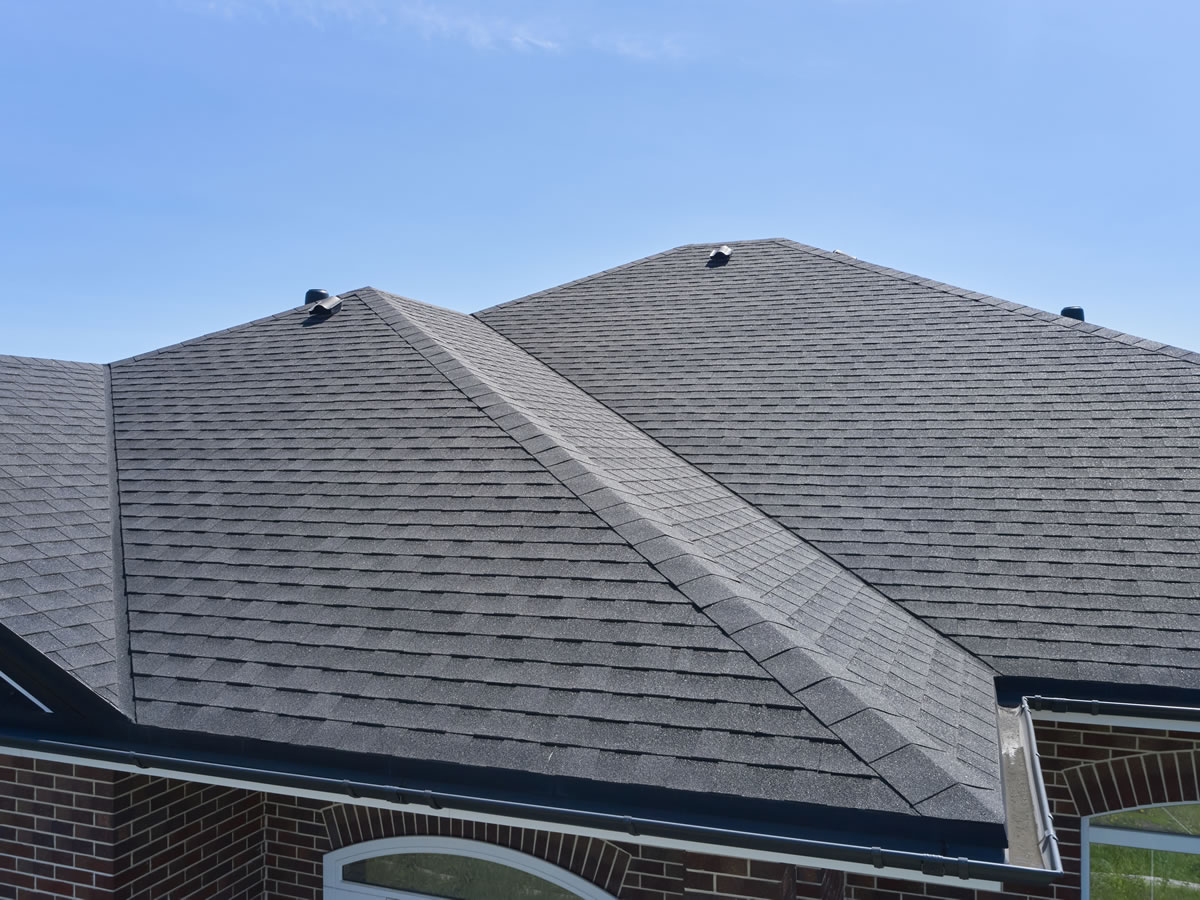About the Author

Roofmasters
30+ Years
Rooted in experience and built on trust, we deliver high-quality roofing, solar, and gutter solutions that safeguard your property and elevate its long-term value.
Fireproofing Your Roof: A Safety Guide for Homeowners
With wildfires on the rise in many parts of the country, especially in California and the Western U.S., fireproofing your home is no longer optional—it’s essential. One of the most vulnerable parts of your home during a fire is your roof. Flying embers can land on it, penetrate gaps, and ignite flammable materials. The good news? There are smart, practical steps you can take to reduce your risk. Here’s everything homeowners need to know about fireproofing their roofs.

Why Fireproofing Your Roof Matters
During a wildfire, embers can travel miles ahead of the actual flames and settle on rooftops. If your roofing material or assembly is combustible, it can be the ignition point that puts your entire home at risk. Fireproofing your roof isn’t just about what it’s made of—it’s also about how it’s installed, maintained, and protected from surrounding threats like overhanging trees or clogged gutters.
Start with Fire-Rated Roofing Materials
Roofing materials are classified by their fire resistance, using Class A, B, or C ratings:
- Class A: The highest rating, offering the best protection against fire exposure. Materials include fiberglass-asphalt shingles, metal roofing, clay tiles, and slate.
- Class B: Moderate protection. Common in some treated wood shingles.
- Class C: Minimal protection. Generally includes untreated wood products.
Recommended Class A Materials:
- Asphalt fiberglass composition shingles
- Metal roofing (steel, aluminum, copper)
- Clay or concrete tiles
- Slate and synthetic slate
- Fiber cement shingles or panels
Seal Gaps and Vents
Even if your roof is fire-rated, embers can still enter through small gaps, attic vents, or poorly sealed roof penetrations. Here are steps to address those vulnerabilities:
- Install ember-resistant vent screens (1/8-inch metal mesh)
- Use fire-rated soffit and ridge vents
- Seal gaps around chimneys, skylights, and flashing
- Install metal flashing where roof meets walls or edges
Keep Your Roof and Gutters Clean
Dry leaves, pine needles, and debris can catch fire easily. If these materials collect on your roof or in your gutters, they create a direct ignition source.
Maintenance Tips:
- Clean your roof and gutters regularly, especially during dry seasons
- Trim nearby tree branches to prevent buildup
- Remove moss or overgrowth that traps debris
Add a Roof Edge Metal Drip
A metal drip edge runs along the perimeter of your roof and helps protect the edges where embers often accumulate. It also acts as a firebreak between your roofing and any exposed wood fascia or siding.
Consider Fire-Resistant Underlayment
Your roofing underlayment is a critical layer of defense. Fire-resistant underlayments, such as fiberglass-reinforced or synthetic fire-rated membranes, add another level of protection beneath your shingles or tiles.
Know Your Local Requirements
In fire-prone areas, local building codes may already require certain fireproofing standards for new or re-roofed homes. Be sure to check with your municipality or county for wildfire building codes, especially in WUI (Wildland-Urban Interface) zones.
What About Roof Sprinkler Systems?
Roof sprinkler systems are sometimes installed to wet the roof during approaching fires. While they can help, they aren’t foolproof. Water pressure may drop during emergencies, and wind-driven embers can bypass sprayed areas. Use them as a supplemental measure, not your sole defense.
Final Thoughts
Fireproofing your roof is one of the smartest home improvements you can make if you live in a wildfire-prone area. Choosing the right materials, sealing vulnerable points, and keeping the roof clean all work together to give your home the best chance at withstanding a fire event. While no method is 100% fireproof, these steps dramatically reduce risk and improve peace of mind. If you’re considering a new roof, talk to a licensed contractor about Class A materials and fire-resistant upgrades that make sense for your home and region.
Stay safe, stay prepared—and give your roof the fire protection it deserves.
Need a Professional Opinion?
Contact our expert roofing team today for a free inspection and quote!





